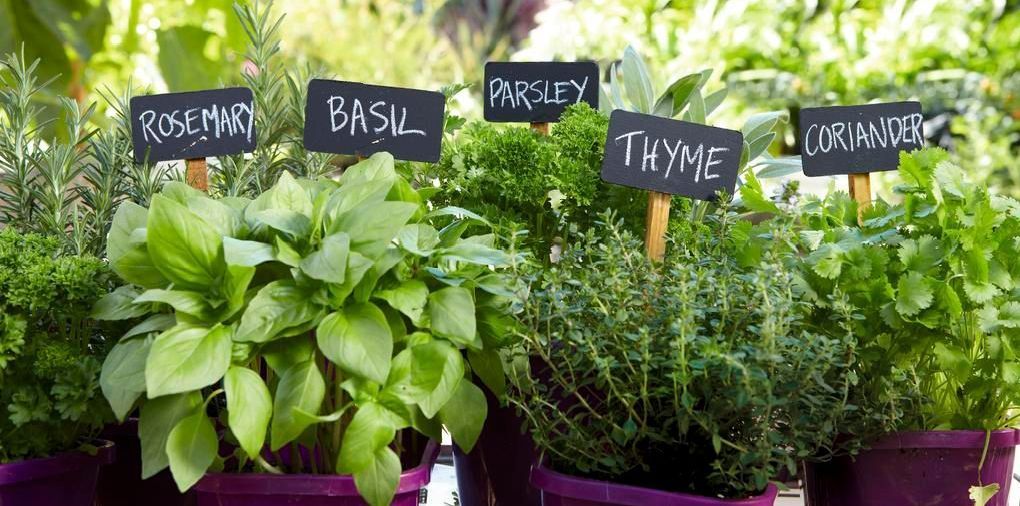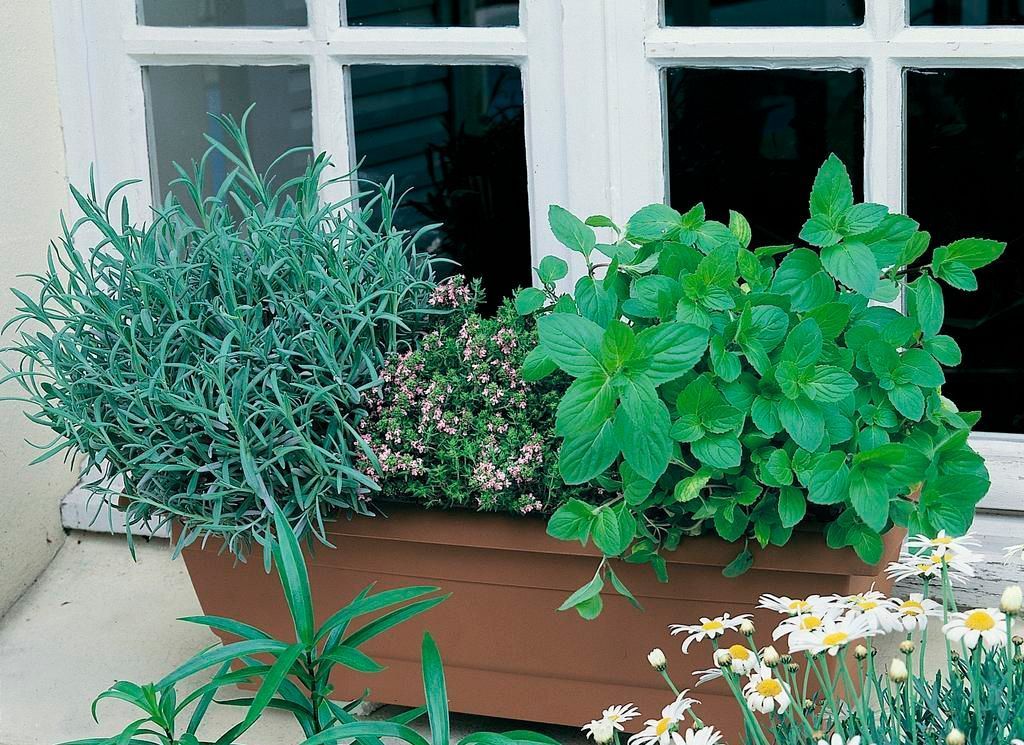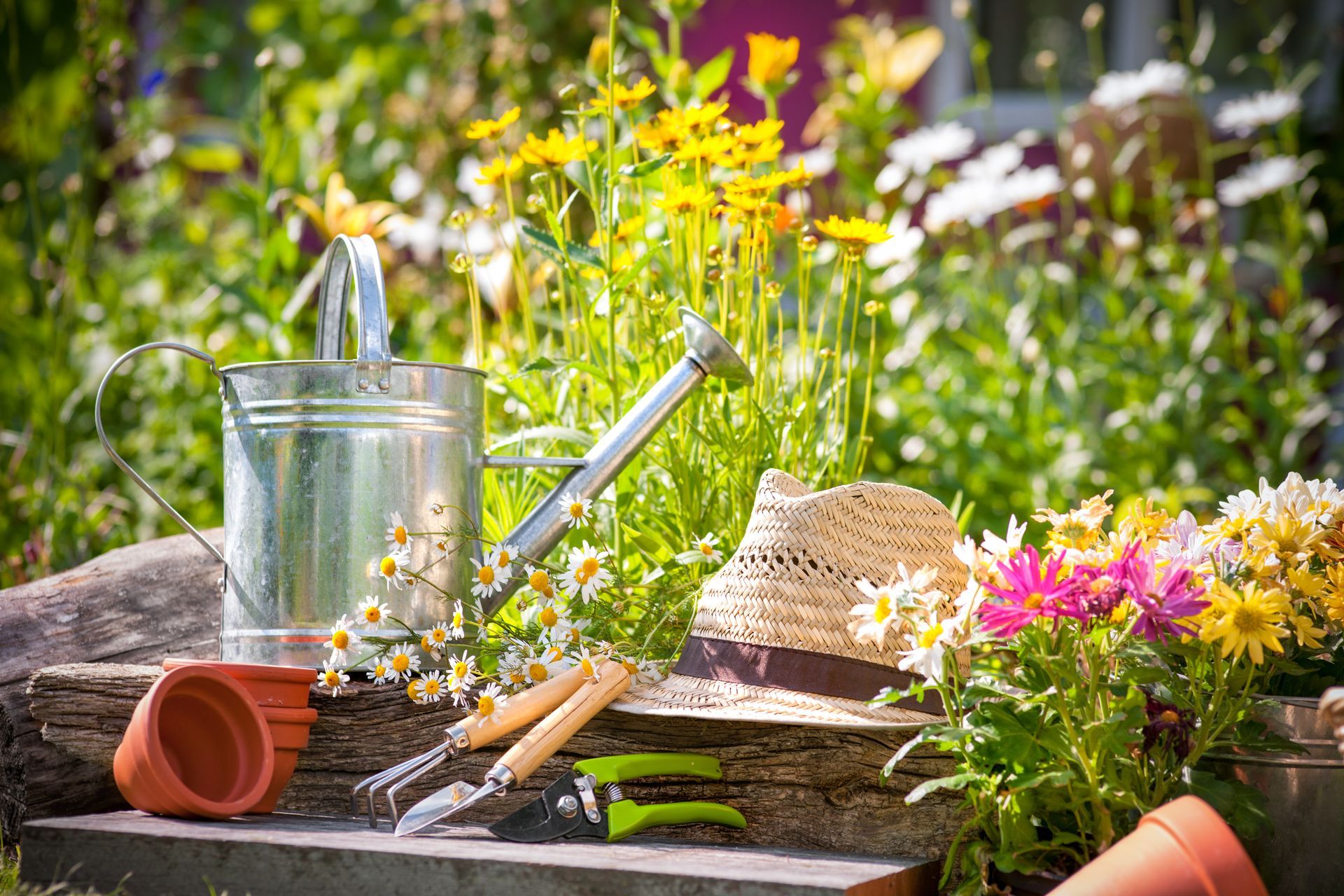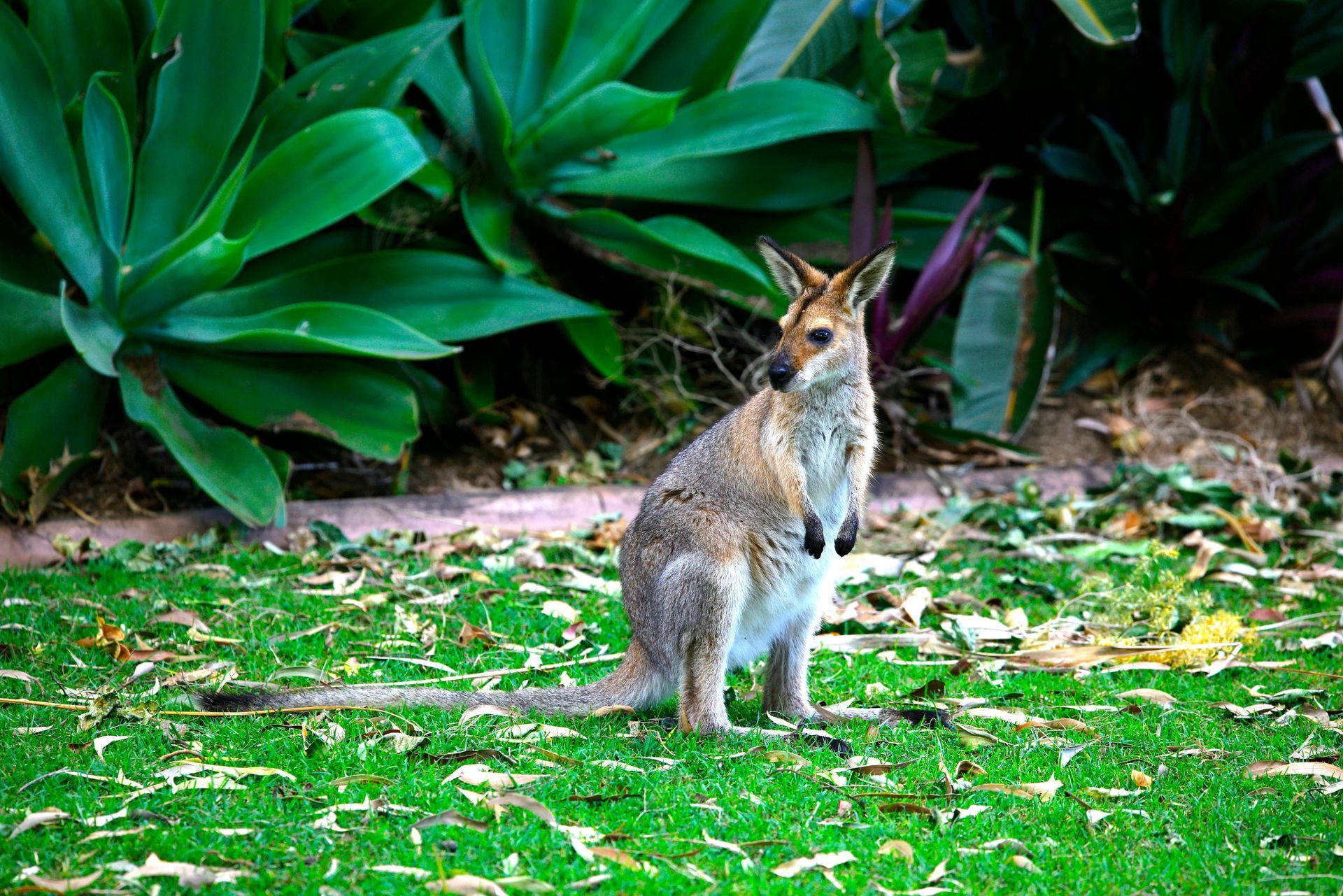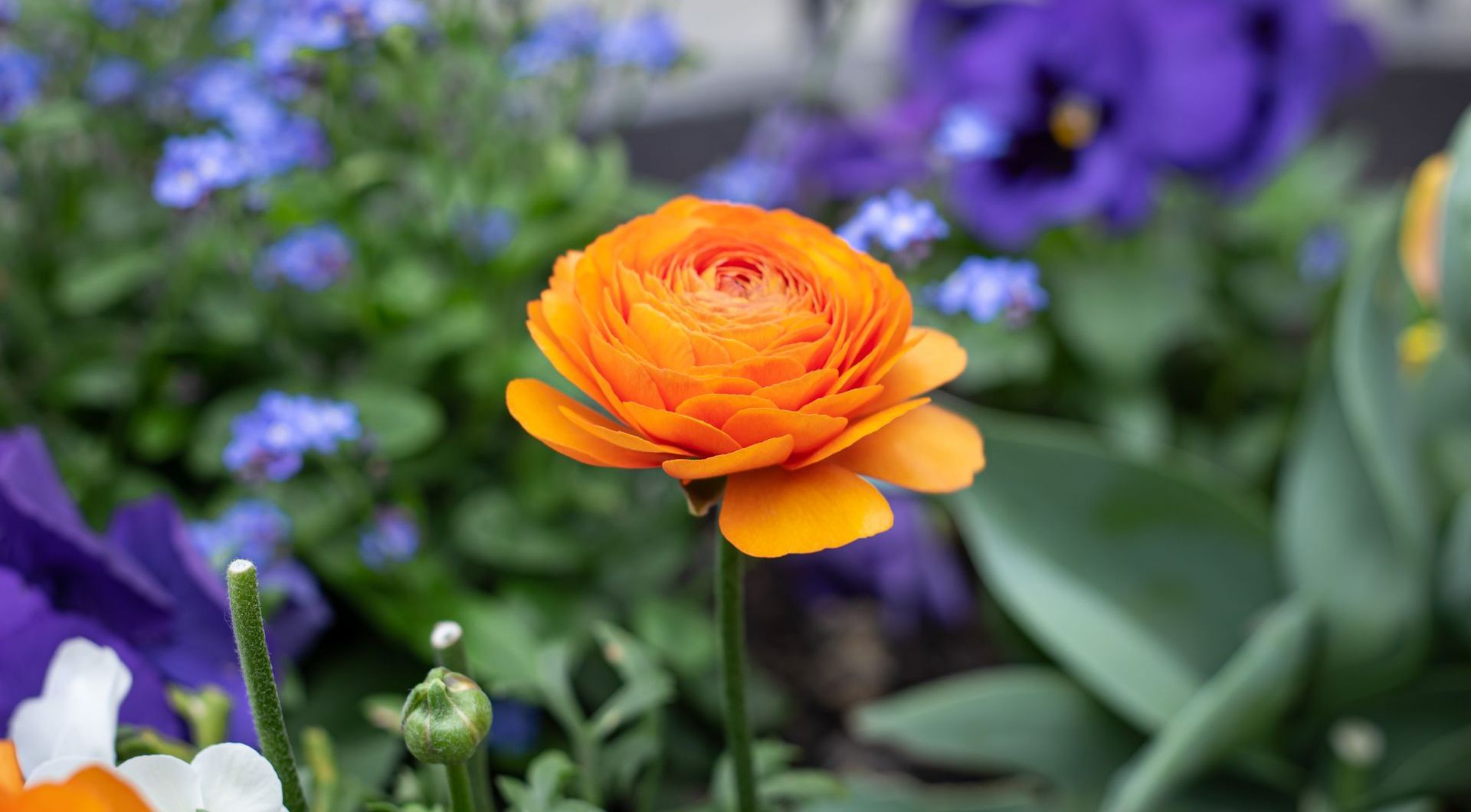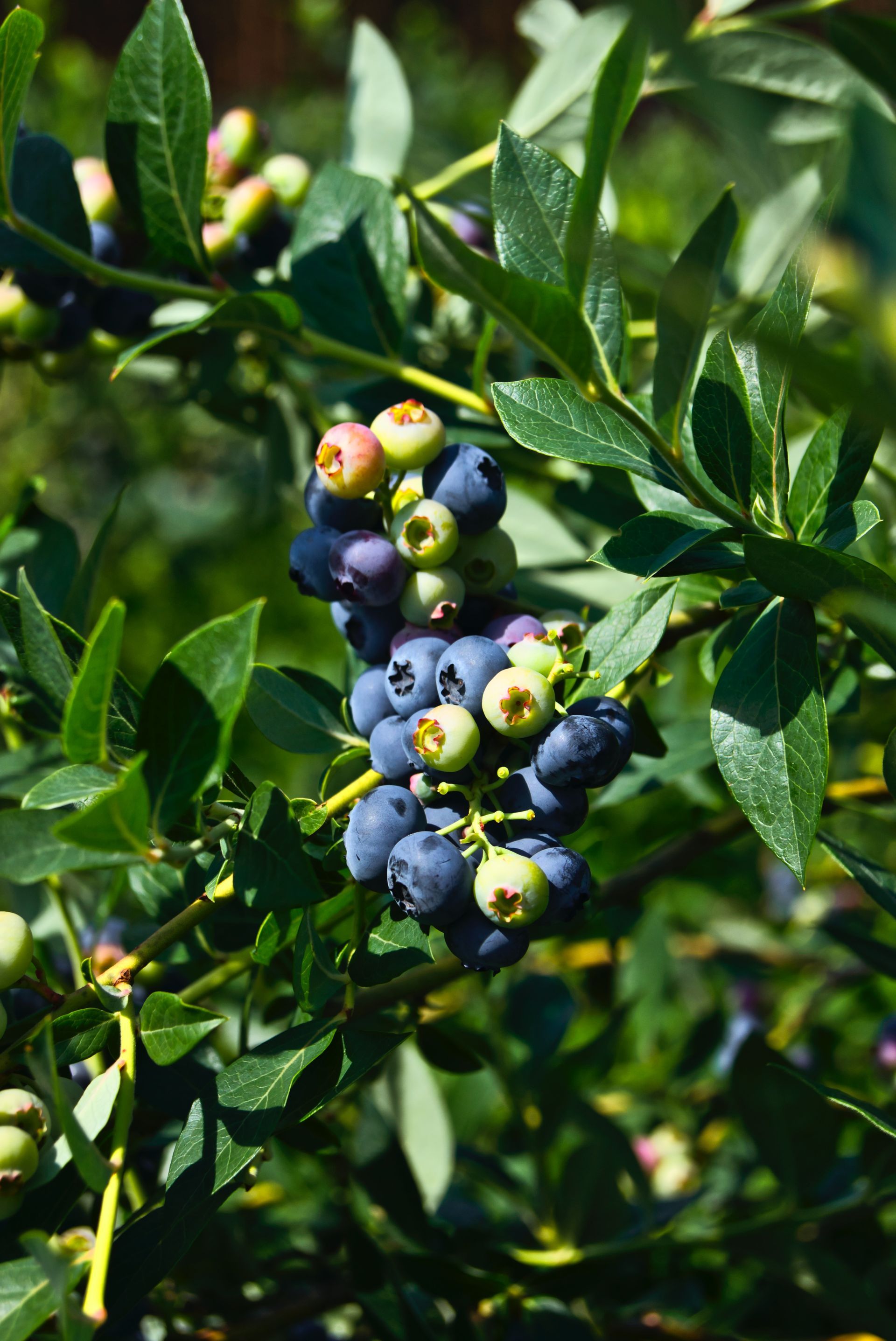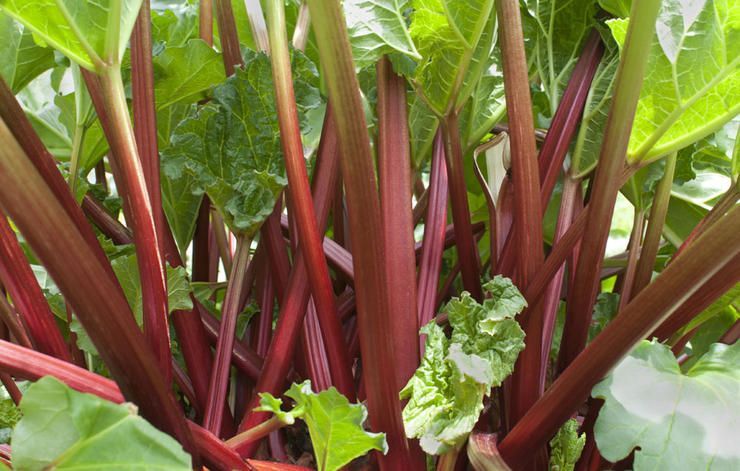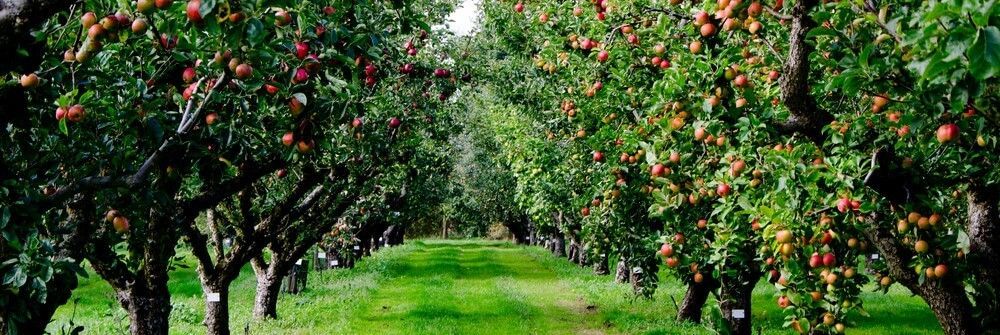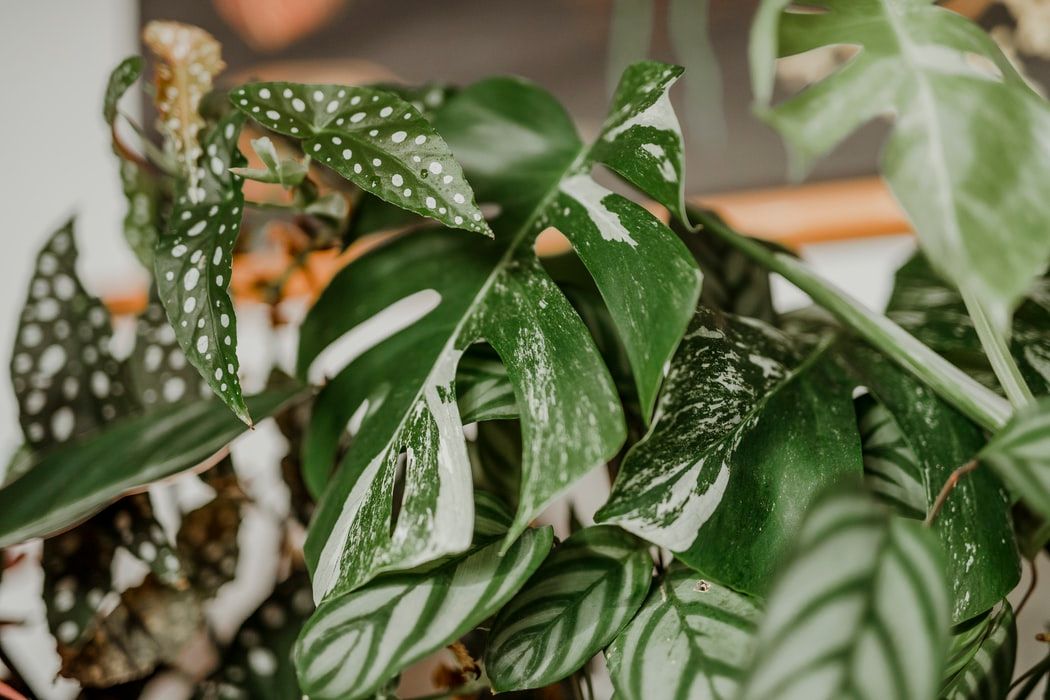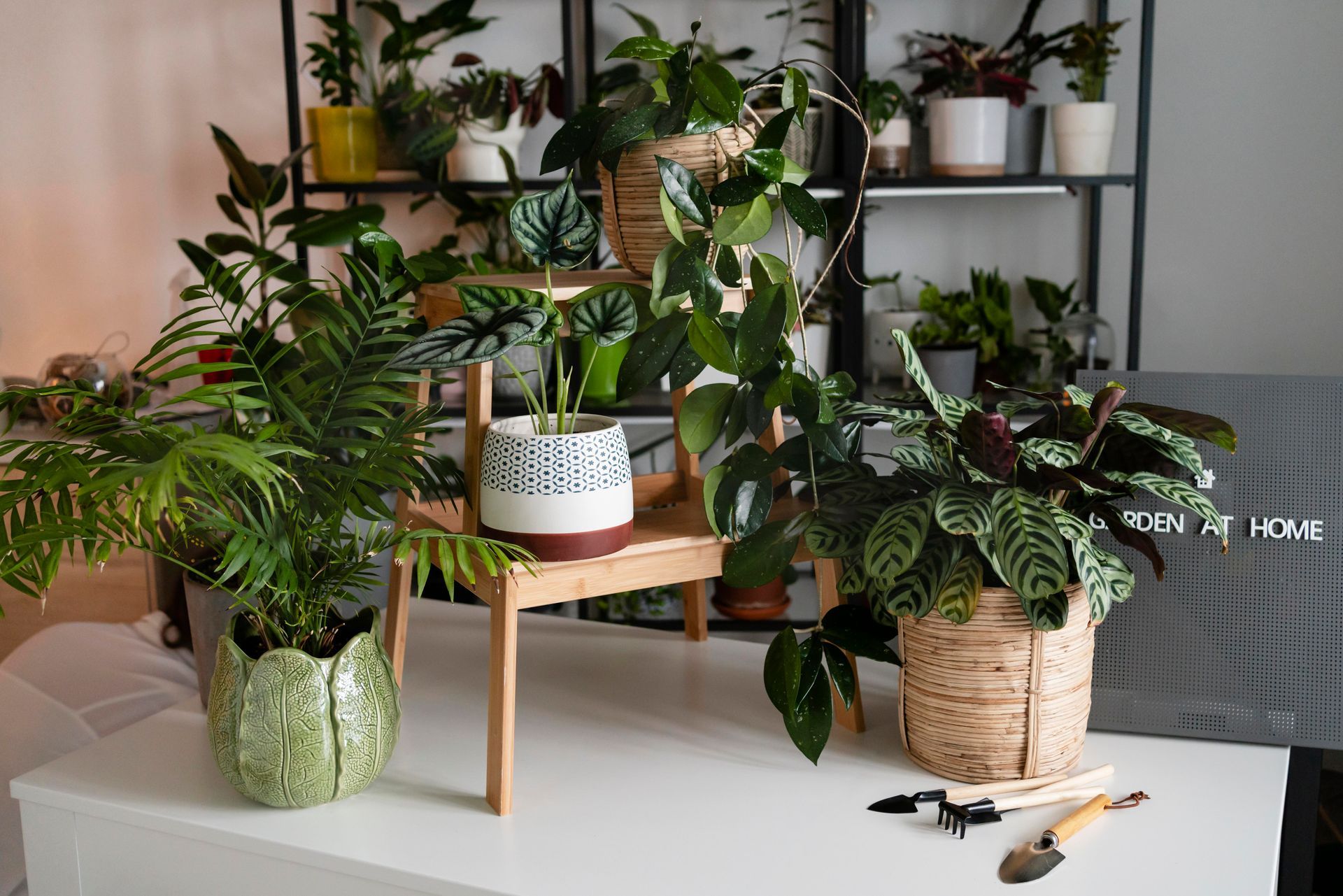Easy and Rewarding Herb Gardens
Growing food at home is very popular and whatever form your garden may take, herbs are easy to grow and very rewarding. Fresh or dried, herbs add zest to cooking, perfume the house and have natural medicinal and cosmetic benefits. Craft making with herbs has wide appeal. Create Pot pourri, Tussie mussies and infused Vinegars from your own garden.
Putting it Together
So very versatile, the herb garden can be formal like a circular bed with an ornamental centre piece, or as informal as a rockery. Plant them throughout the garden, mixed in with vegetables, or the flower border and even between paving stones. The smallest living spaces can accommodate a few herbs in pots on a windowsill, the porch steps, and a window box or in a hanging basket.
Here’s a selection of edible herbs to get you started:
Planting in dry places
• Basil – Traditionally used in Italian cooking. Spicy and pungent, it is delicious with tomatoes, vegies, pasta & salads.
• Dill – delicate anise flavoured leaves that combine well with fish and vegetables. The seeds can be used in pickles and breads.
• Garlic – The pungent aroma enhances many styles of cuisine. Well known in French & Mediterranean cooking it also has remarkable medicinal properties.
• Marjoram – Traditionally used in mixed herbs. Good addition for savoury dishes, tomatoes, meats.
• Oregano – Similar to marjoram. Add to pasta, pizza, tomatoes, meats, dressings.
• Sage – Traditionally used for meat stuffings. Good for drying
• Tarragon (French) – Good accompaniment to chicken, fish, and vegetable dishes and herb vinegar.
• Thyme – Garden and Lemon thyme are invaluable additions to savoury dishes, meat dishes, soups, salads, vegetables and baking. There are many other ornamental varieties.
•
Curry Leaf Plant – Popular in Indian and South-East Asian cooking, its aromatic leaves are used to flavour curries, lentils, and rice dishes. Thrives in warm, dry conditions once established.
Planting in damp places
•
Chives – Delicate onion flavour used in savoury dishes, salads and as a garnish for soup.
• Chervil – Delicate aniseed flavour good for enhancing fish and egg dishes.
• Coriander – Spicy and intense, invaluable for curry dishes.
• Fennel – Delicious flavour for fish or meats—raw or braised
• Mint – Used traditionally with potatoes, peas, lamb. Also refreshing in salads and as a garnish for fruits and summer drinks.
• Parsley - Its' refreshing flavour is widely used in savoury sauces, meat dishes, soups, salads, baking and garnishes
Site, Soil and Planting
Dry tolerant herbs require a sunny position with well-drained soil. Herbs requiring damp conditions will grow in sun or semi shade. Work a good organic
fertiliser into the soil prior to planting. The addition of
compost prior to planting will also be beneficial.
Herbs for other uses:
There are many other herbs for many purposes. Listed below are a few examples:
Ornamental
• Basil, purple – A striking colour contrast
• Catmint – Misty lavender flowers. Lovely under roses
• Curry Plant – Silver leaves, rich scent
• Hyssop – Ideal for low hedges
• Savoury – Fragrant evergreen, ideal for edgings
Lawns of delicious fragrance
• Chamomile: Soft-textured foliage with calming-scented flowers that attract beneficial insects
•
Thyme – Purple, White, Woolly, are just a few of the carpeting Thymes
•
Creeping Thyme:
Fragrant, drought-tolerant groundcover that releases a lovely scent when stepped on.
•
Oregano:
Aromatic herb perfect for cooking and softening garden paths with light foot traffic tolerance.
• Pennyroyal mint – Crisp peppermint smell
These herbs offer fragrant foliage and are soft underfoot when grown around paths or stepping stones.
*
These herbs require replanting with new plants each year.
When to plant Herbs
When putting an herb garden together it may be difficult to buy all the plants at one time as many are seasonal and only available at certain times.
Planting can be done whenever plants are available provided regular watering is carried out in summer.
After Care
• Trim after flowering to keep compact, bushy and to encourage new growth.
• Water as required in summer. Mulch in early spring and autumn.
• Feed with a quality high quality fertiliser in early spring.
Harvesting
For the best flavour and fragrance, harvest herbs in the morning once the dew has dried. If you're growing culinary herbs, planting them close to the kitchen makes for easy, everyday use.
Different herbs have different needs - create pockets in the garden using stones for those that prefer dry conditions, and enrich the soil with organic matter for moisture-loving varieties.
Herbs are incredibly versatile and can be grown in a wide range of containers, making them perfect for balconies, patios, or tucked into your existing garden beds.
At Stoneman’s, we offer a fantastic range of herbs to suit every garden and kitchen. From classic favourites like basil, parsley, and thyme to more unique varieties, our herbs are fresh, healthy, and perfect for growing in pots, garden beds, or kitchen planters. Whether you're after culinary staples, soothing teas, or fragrant foliage, you'll find quality herbs and friendly advice to help you grow your own at Stoneman’s.


